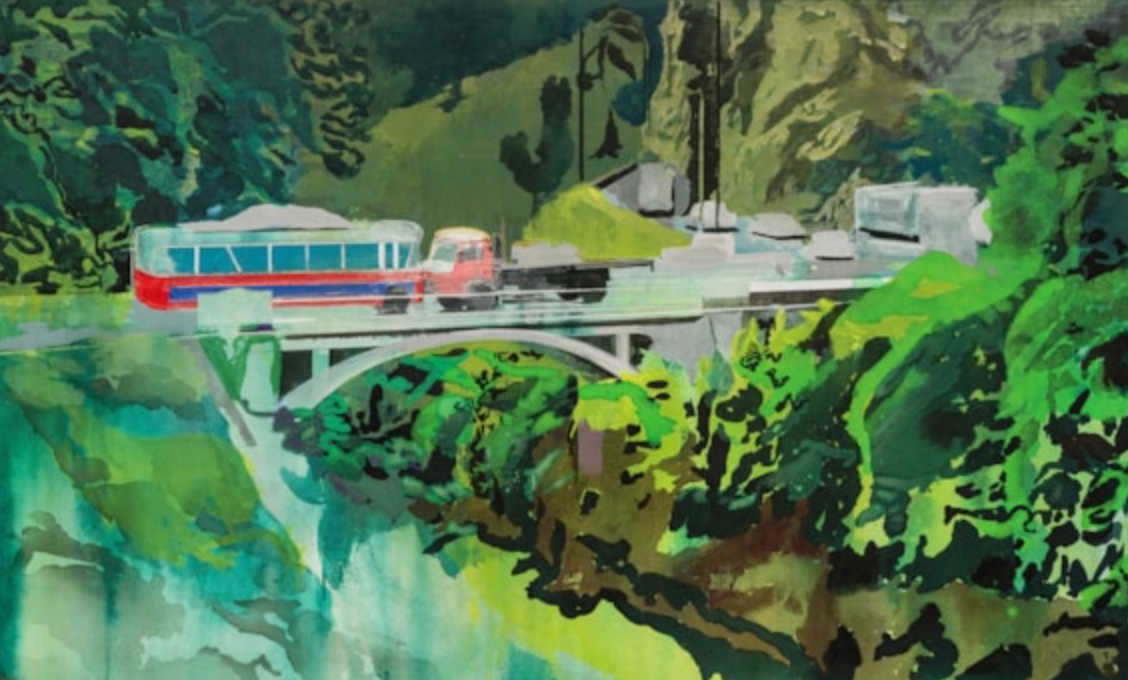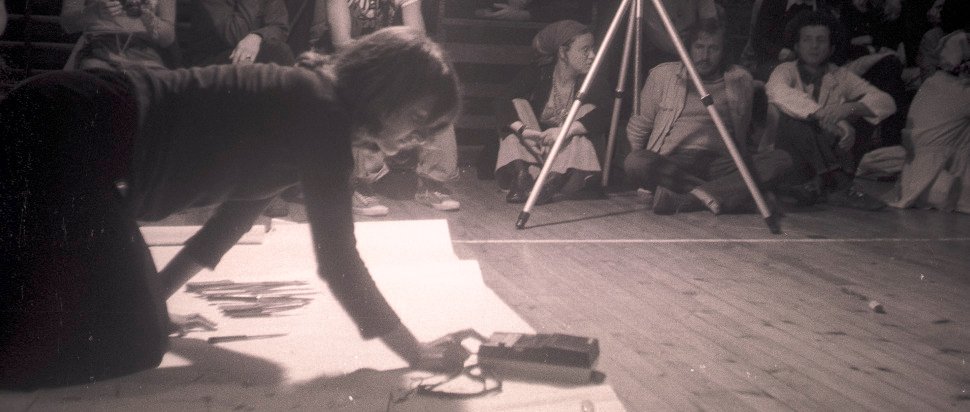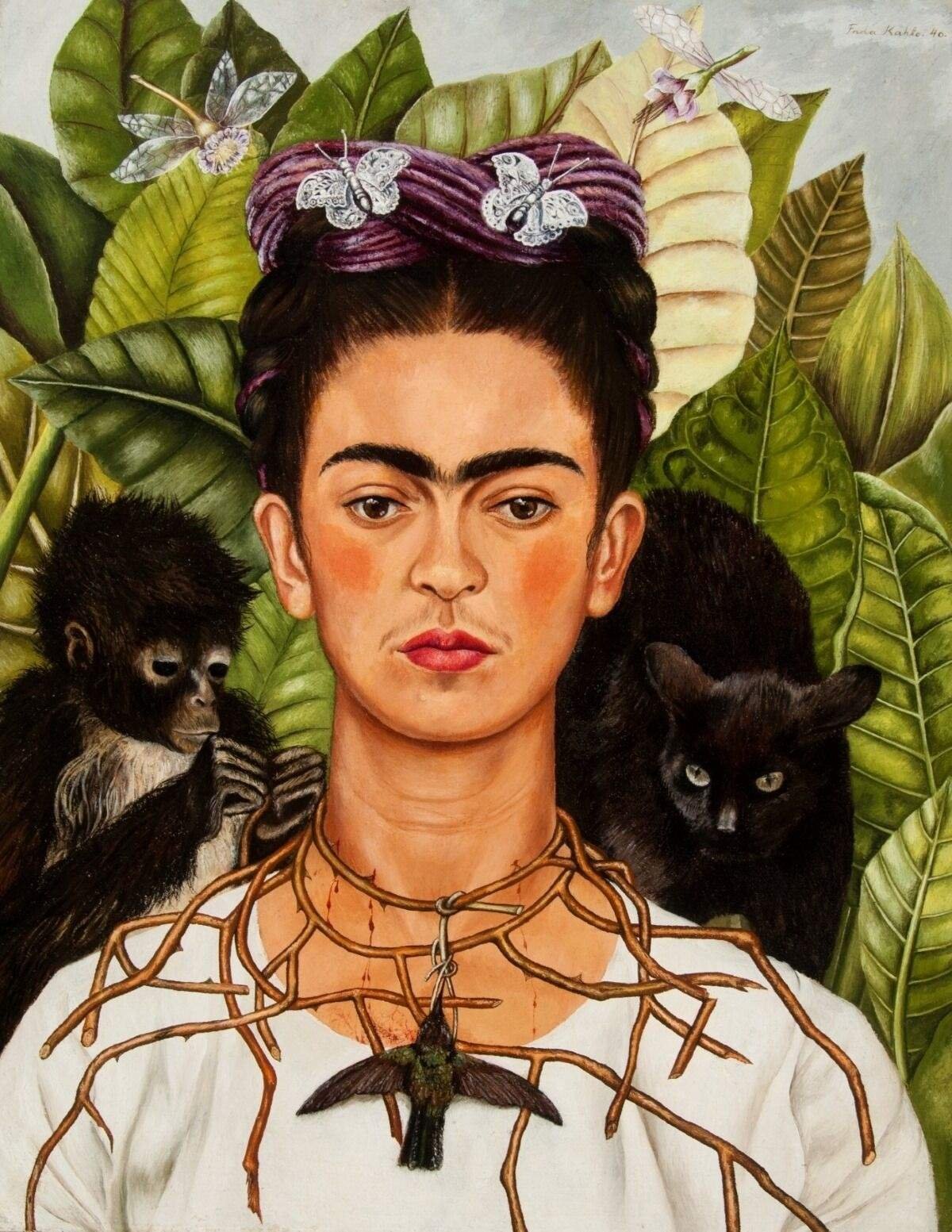Working in a small mountain village outside Verona, the Italian artist Elisabetta Zangrandi has toiled over the past year to create a portrait gallery that reflects the labors of 900 years of artist-women.
On Saturday, May 11, Keyes Art in Sag Harbor opens “Elisabetta Zangrandi: Musée Imaginaire,” a show curated by Alison M. Gingeras, with a reception from 6 to 8 p.m. The show runs through June 26.
In this show, Zangrandi has reinterpreted an array of female artists’ self-portraits, transforming these art historical icons into her own personal canon of predecessors — and Keyes Gallery into an alternative feminist museum.
The earliest work referenced is by the 12th century German monastic Guda of the Weissfauen Convent, who included her own likeness in an illuminated manuscript; her image is believed to be the earliest signed self-portrait by a woman in Western Europe. Among other highlights of the exhibition are Zangrandi’s homages to the 17th century Baroque prodigy Artemisia Gentileschi (whose allegorical depiction of herself as the personification of painting has become a posthumous landmark of Old Mistress painting) and such 20th century trailblazers as Alice Neel and Frida Kahlo. With this pantheon of artists, Zangrandi reflects upon the vitality and continuity of women painters throughout recorded visual culture — and claims her own place within this genealogy of feminist art history.
This ensemble amounts to her own version of the Musée Imaginaire — albeit it with a feminist and eccentric spin. André Malraux (1901–76), the visionary intellectual and French Minister of Culture, coined the term “musée imaginaire” in 1946 (translated in English as “museum without walls”) to describe the revolutionary impact of photographic reproduction of works of art; he advocated for the idealized assembly of collections via image reproduction as a power vehicle to construct new art histories or assemble fantasy collections that reflected otherwise impossible conglomerations of artworks across centuries.
Working in dialogue with curator and art historian Alison Gingeras, who shared her research into the question of the self-representation of artist-women since the 16th century, Zangrandi was inspired to create fifteen canvases that revisit iconic modes of artists staging themselves at work. Artists-women first pioneered the very genre of artists portraying themselves with a palette in the 16th century — the Flemish painter Catherina van Hemessen created the first known “palette portrait” in 1548. No mere self-portraits, these canvases were assertions of professional identity. Each painting is a manifesto of the artist’s legitimacy as well as an emblem of her unique ability to embody major shifts in women’s contribution to art history over the centuries.
Each work in the show is rendered in Zangrandi’s own unique and deceptively fanciful style, simultaneously referring to the original compositions and making each portrait part of her own aesthetic project. The backgrounds of many of the paintings reflect tropes that frequently appear in Zangrandi’s other works — flora, fauna, mythological creatures, and swirling motifs that fill entire picture planes. Taken as a whole, the works in this exhibition affirm the importance of recognizing the continuity of artist-women throughout the centuries — doing justice to those female pioneers who often struggled to practice their art and claim their place in the larger dialogue within art history.
Keyes Art is at 45 Main Street in Sag Harbor. For more information, visit juliekeyesart.com.






